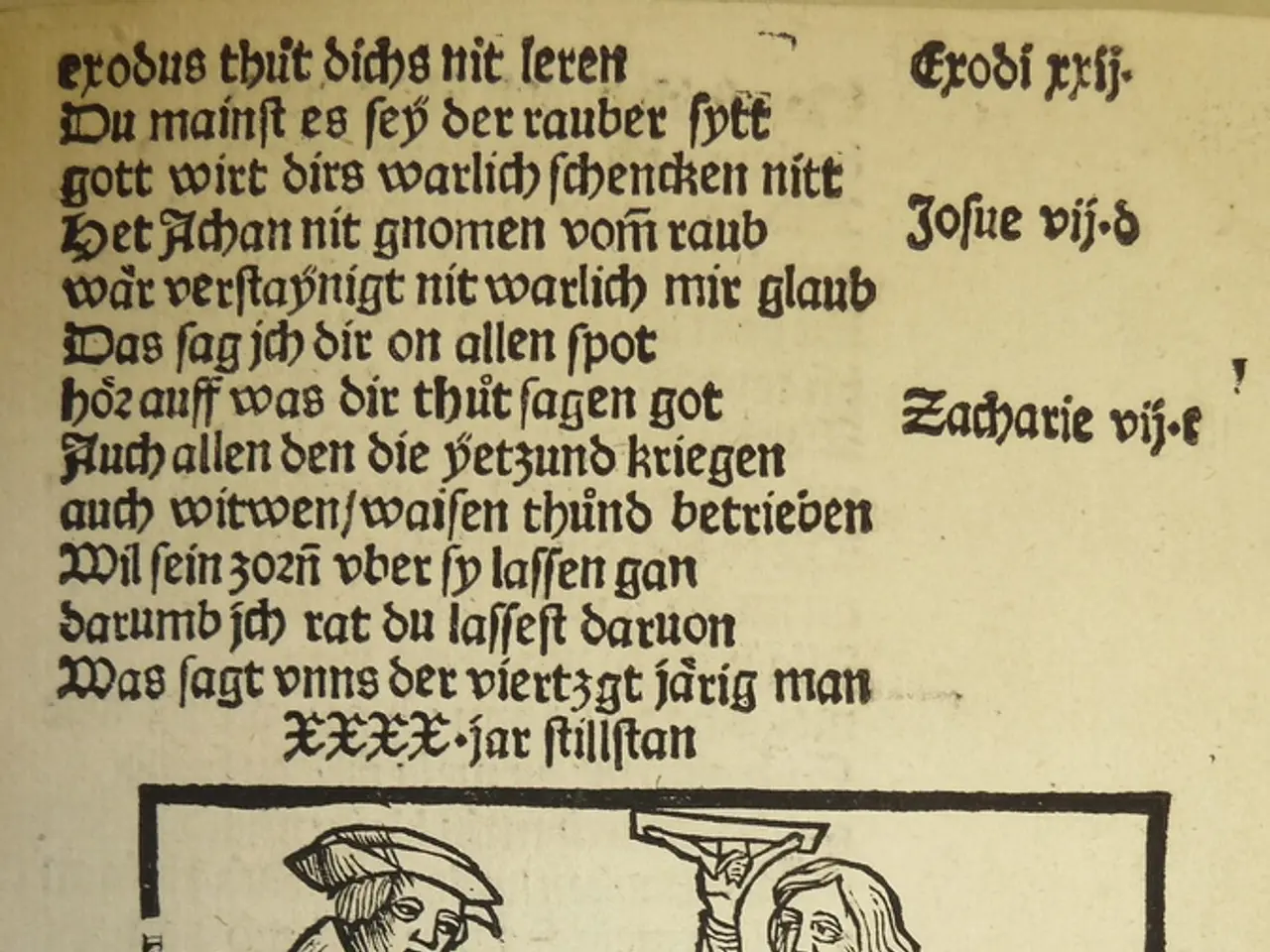AP History DBQ Essay Structure and Sample Outline with Guiding Tips
In the world of AP History exams, writing a Document-Based Question (DBQ) essay is a crucial skill that can significantly impact your final score. This article provides a step-by-step guide on how to effectively write a DBQ essay for AP US History, AP European History, and AP World History exams.
Preparation
Spend approximately 15 minutes on reading, understanding the prompt, and outlining your DBQ essay. This initial stage is vital as it sets the foundation for your analysis.
Structure and Analysis
To create a successful DBQ essay, follow a clear structure and apply critical analysis to the provided documents alongside your own historical knowledge. Key steps include:
- Understand the Prompt and Documents: Carefully read the prompt and analyze all the documents. Consider the author's perspective, purpose, audience, and historical context for each document to deepen your analysis.
- Craft a Strong Thesis: Your introduction must include a clear, precise thesis that directly answers the prompt with an arguable claim. Avoid vague statements and ensure your thesis sets up an argument you will support throughout the essay.
- Use an Organized Essay Structure:
- Introduction: Hook the reader, provide brief context for the time period, and present your thesis statement.
- Body Paragraphs: Each should begin with a topic sentence that supports your thesis. Incorporate evidence from the documents by quoting or paraphrasing, analyze the documents’ content and sourcing, and add relevant outside historical knowledge. Always relate your analysis back to your thesis.
- Conclusion: Restate your thesis differently, summarize how your evidence supports it, and offer insight into the broader historical significance.
- Analyze, Don’t Just Summarize: Go beyond describing what documents say by examining their point of view, purpose, and relevance. Discuss how they relate to each other and to the historical context.
- Incorporate Outside Knowledge: Use additional facts, events, or historical trends you know to strengthen your arguments and provide a fuller picture.
- Stay Focused and Relevant: Every part of your essay should support your thesis. Avoid tangents or unrelated information that dilutes your argument.
- Manage Your Time: Allocate about 15 minutes for reading and planning, 40-45 minutes for writing, and 5-10 minutes for reviewing and revising your essay.
This approach applies broadly across AP History DBQs, though the documents and historical periods differ by test. Mastery of document analysis, persuasive thesis development, and integration of outside knowledge are crucial for high-scoring DBQ essays on all these exams.
Practical Example
For a concrete outline example, consider a DBQ essay on the Civil Rights Movement:
- Introduction
- Hook: A captivating statement about the Civil Rights Movement.
- Context: Brief background about the time period.
- Thesis Statement: A clear, precise thesis statement that directly addresses the prompt with an arguable claim.
- Body Paragraphs (usually 3-4)
- Topic sentence: A sentence that introduces the main idea of the paragraph.
- Document analysis with quotations/paraphrases: Incorporate evidence from the documents to support your argument.
- Outside historical evidence: Use additional facts, events, or historical trends to strengthen your arguments.
- Link back to thesis: Relate your analysis back to your thesis.
- Conclusion
- Restate thesis: Restate your thesis differently.
- Synthesize key points: Summarize how your evidence supports your thesis.
- Broader significance/closure: Offer insight into the broader historical significance.
Following these guidelines will maximize your ability to construct a focused, well-supported, and analytical DBQ essay that meets AP History exam expectations. Regular practice, peer review sessions, and using past exam prompts are recommended for improving DBQ writing skills.
In the realm of political science, understanding the principles of education-and-self-development, learning, and critical analysis are integral to crafting effective arguments, as demonstrated in writing a Document-Based Question (DBQ) essay in AP History exams. This process necessitates not only a deep comprehension of historical events but also the ability to dissect multiple perspectives, as evidenced in discussions surrounding civil rights.




